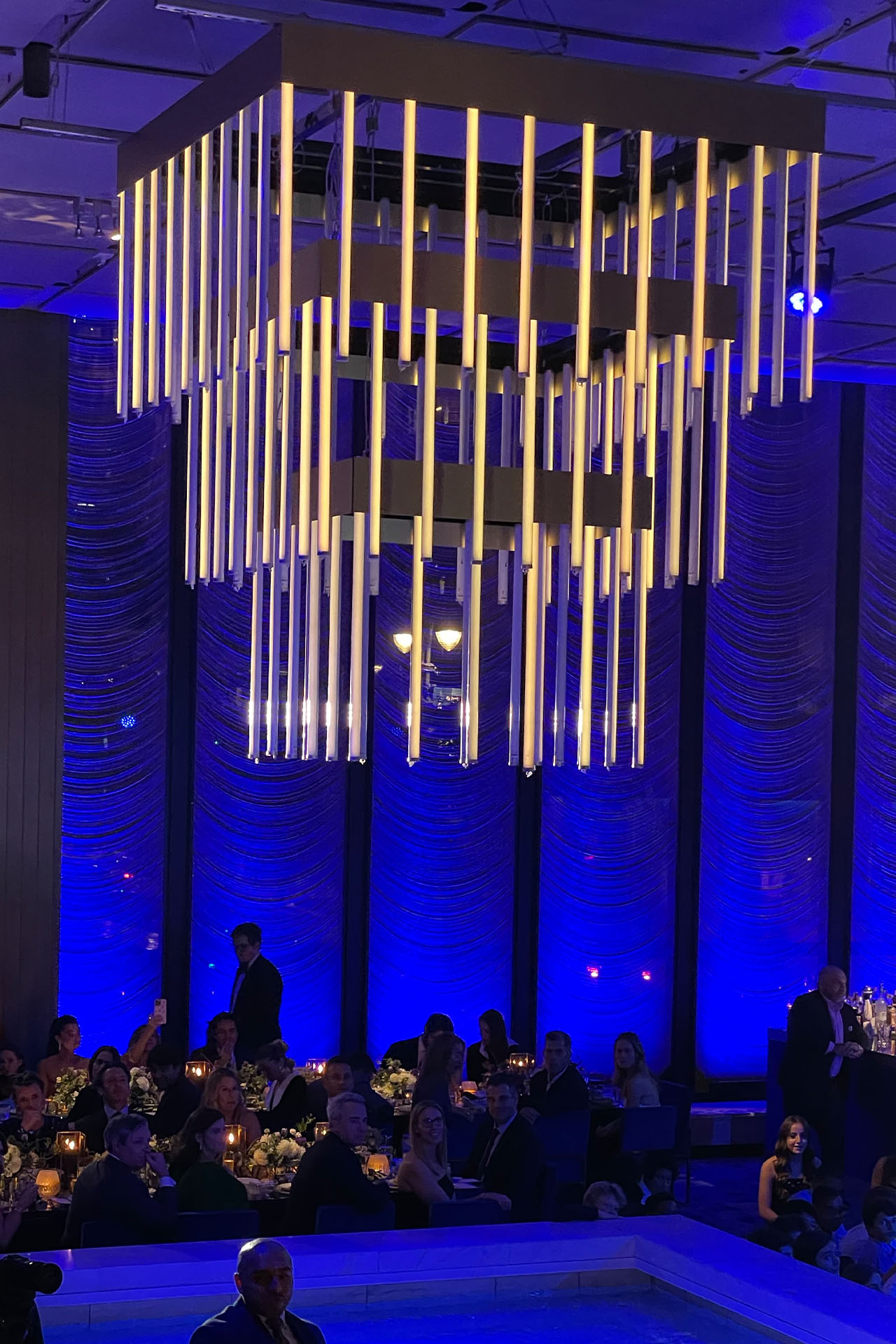Essential Tactics for Maximizing the Durability of Your Light Emitting Diode Display
Wiki Article
LED screens are becoming progressively widely used for various purposes, from advertising to leisure. To ensure that these displays function effectively over time, it is crucial to adopt tactics that extend their durability. Comprehending the factors that influence the durability of LED walls can help operators sustain their performance and prevent unnecessary substitutions.
One of the main factors that can extend the durability of an Light Emitting Diode wall is appropriate installation. It is crucial to have a skilled crew handle the setup process to guarantee all parts are correctly connected. Poor setup can result in electrical issues or physical damage. Additionally, the location of the Light Emitting Diode screen should consider surrounding factors such as sunlight exposure and humidity levels. A properly set up screen in a proper location will reduce the chance of damage caused by external elements.

Routine maintenance is another key tactic to extend the life of an Light Emitting Diode screen. This includes routine checks to monitor for any signs of wear or failure. Dust and debris can accumulate on the surface of the Light Emitting Diode screens, affecting brightness and color quality. Wiping the displays with appropriate materials will assist keep optimal visibility. It is also important to check the led wall installation guidelines electronics behind the display, making sure that all links are tight and that there are no overheating issues, which can significantly shorten the durability of the parts.
Electrical management plays a vital role in improving the lifespan of an Light Emitting Diode wall. Over-voltage or fluctuating electricity supply can harm the inner circuitry. To prevent this, using a high-quality power supply and implementing surge protection strategies is recommended. Additionally, adjusting the display to operate at reduced luminosity levels when intense brightness is not necessary can reduce stress on the LEDs. This not only prolongs the durability of the screen but also saves energy, making it a cost-effective choice.
In addition, program control can affect the performance of LED walls. Consistently refreshing the program that operates the display guarantees that it operates smoothly and incorporates any essential safety patches. Old program can result in functionality issues and may put the setup to risks. Proper timing of programming can also assist with overseeing the workload of the display, allowing it to rest during non-peak hours, which can contribute to a longer lifespan.
In conclusion, extending the durability of an LED wall involves a mix of proper installation, routine upkeep, effective electric management, and careful software management. By concentrating on these critical strategies, users can guarantee that their Light Emitting Diode displays remain operational and visually appealing for numerous seasons. Taking preventive steps will not only enhance the functionality of the LED wall but also offer a better return on cost over the years.